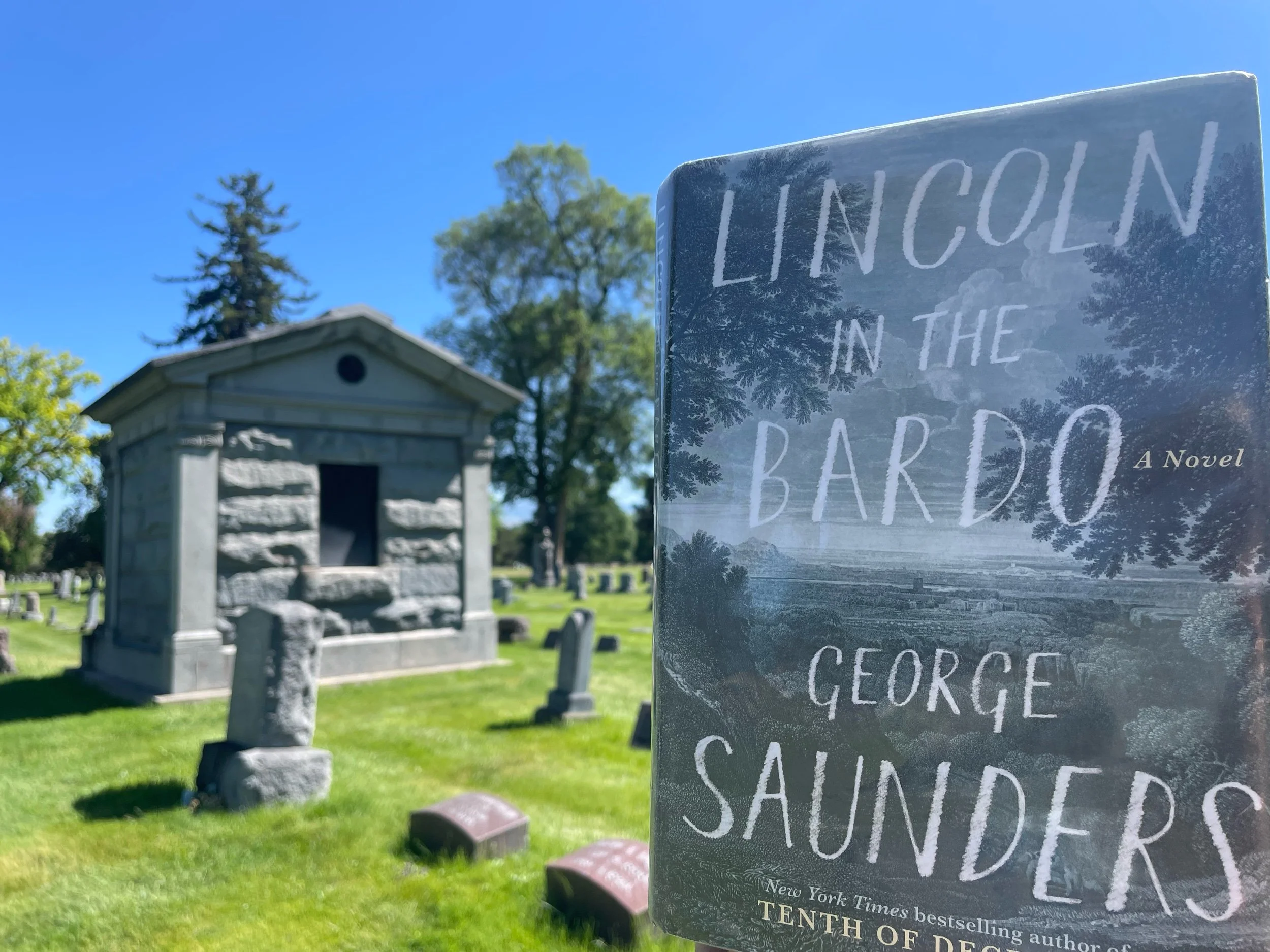Horse
Geraldine Brooks’s most recent novel, Horse (2022), threads the lives of various characters existing across 150 years of American history into an intricate multilayered story. The three story lines braid together as the narrative builds; a horse binds the strands to one another. As Brooks did in People of the Book, she allows artifact and historical characters to speak to the lives of modern ones in Horse, and a tapestry of individuals and subplots work their way toward mutual resolution.
The reader begins in the Washington DC metropolitan area in 2019, as Brooks introduces first Theo then Jess. Both grew up abroad—Theo, the son of two diplomats, and Jess, an Australian. Theo is a PhD candidate in art history at Georgetown. Jess is a scientist specializing in articulated vertebrate skeletons for the Smithsonian. Theo is Black, but comes from a privileged background having attended British prep schools; Jess is white and comes from a poor neighborhood. Their stories converge when Theo finds an old painting of a beautiful horse.
After a moment spent with Jess and Theo, the reader travels back in time to antebellum Kentucky (1850, Lexington, to be precise). A second storyline emerges around young and enslaved Jarret, whose name is always proceeded by that of his white master. Later, horse painter, Thomas J. Scott, enters this layer of the narrative along with the daughter of a radical abolitionist white man and landowner, Mary Barr Clay. Their lives again entwine because of a horse.
The third string of the story is much slighter, but provides an important piece of the puzzle for the overall work. Martha Jackson is an art dealer in New York in the 1950s. She has ties to many famous mid-century abstract artists, people like Jackson Pollock, for example. As you may have guessed, her place in the story is also tied to a painting of a horse.
Clearly, as one knows from the title alone, a horse plays a major role in both the craft of this story and its plot. Horse follows the life and career of the fastest horse in the history of American race horses, Lexington. It does so, though, by starting in the near present moment then bouncing back and forth in time to various characters and stories. Like other novels by Brooks, Horse fictionalizes historic characters and draws on real objects and events. Characters like Thomas J Scott and Martha Jackson are fictional versions of real people whose stories touch in their proximity to the horse, Lexington. Like People of the Book, Brooks’ s 2008 novel, the full extent of how the multiple timelines, settings, and characters interweave is not clear until the final pages.
From early on in this novel, certain themes arise that repeat throughout; American racism tops the list. Jarret, Theo, the young Black woman who cleans Martha’s home, all live in an America—1850s-60s, 1950s, and 2019—crippled by racism. Brooks’s novel provides intimate details of the daily slights and the prolonged trauma of racist individuals and institutions. Brooks’s novel’s condemnation of racism is not entirely of the American variety, though it is certainly is the primary subject); Theo’s coming-of-age among the British prep schools was not a happy one, due entirely to the color of his skin. From the start, the racism revealed in Horse vacillates from uncomfortable to infuriating, untenable, unacceptable. It overshadows the happy moments of the plot; it forebodes some imminent doom.
And there is doom, to be sure, but there is also some degree of hope. Certain narrative threads suggest the possibility for happy endings, while others fall short of such fairy tale resolutions. The novel ends in the early days of 2020 as the COVID pandemic threatens to paralyze the world. Readers should discern, as the novel closes, that it is also a year marked by increasingly visible and publicly condemned Black lives ended unnecessarily by police brutality or error. Even in the darkest of times, perhaps we will find ways to shed this oppressive racism that has dominated so many American stories over the course of the last three centuries and beyond. For its thematic treatment of this lightening rod contemporary issue and for its clever crafting, it’s beautiful descriptions of horses, and its moving characters, Horse is a novel we all should spend time reading.
Biblliography:
Brooks, Geraldine. Horse. Viking: 2022.





